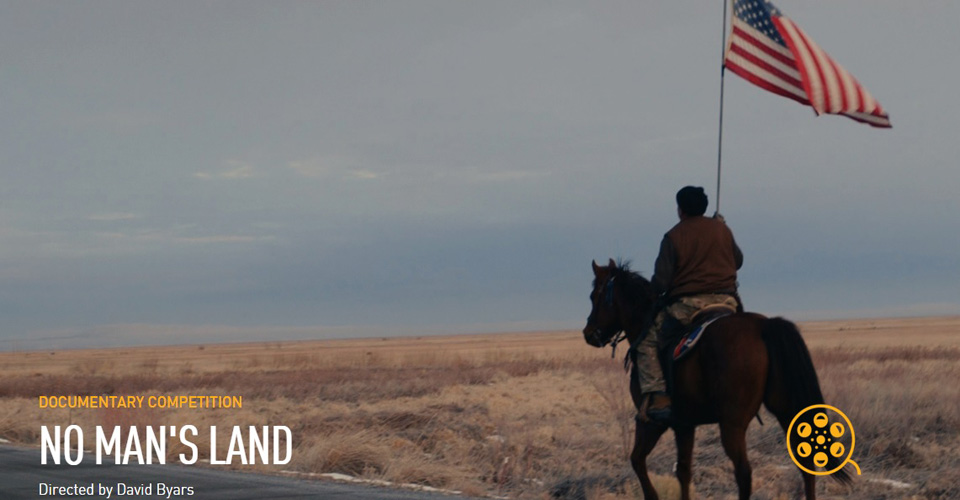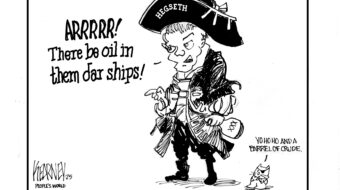
Photojournalists and filmmakers seem to be going further out on the line to capture the realities of violence in the world. Risking their lives to grab the truth and make it available to the world, these artists have assembled some of the most provocative films, several of which premiered at the Tribeca Film Festival this year.
Raqqa, Syria is the last stronghold of ISIS in Syria. An astounding new documentary, City of Ghosts shows the development of how ISIS came into the city and took control, filling the void caused by protest and battles against the Assad regime that forced the government’s retreat. The film follows the actions of a group called RBSS, for ‘Raqqa is Being Slaughtered Silently,’ who risk their lives to get news out of the closed off city. It’s not surprising this daring project is made by Emmy-winning director Matthew Heineman, who recently embedded himself in vigilante groups on both sides of the drug wars along the US border with Mexico, in another unbelievably captured story called Cartel Land, which premiered last year at Tribeca.
RBSS has been risking their lives documenting the crimes of ISIS in Raqqa where the terrorist group has instilled fear in the population with their beheadings and extreme cruelty. There’s little clarity, though, on where this anti-Assad resistance got its funding. A member said the movement was middle class and used their own money at first; then said it came from unidentified NGOs.
It’s a very rich looking film, shot over several years and produced by prolific filmmaker Alex Gibney, showing journalists winning awards for their bravery at elegant ceremonies. At first they escaped and lived like sitting ducks in Turkey, then fled to Germany for their own safety. Constantly being trailed, they demonstrated the risks they face using social media and trying to remain anonymous. But like the other Gibney produced film at the festival, Elián, the film subtly carried the message of “regime change”, which is consistent with US foreign policy.
One of the most famed war photojournalists, Chris Hondros, is paid tribute to by his childhood friend and director, Greg Campbell. In Hondros we get to see the human being behind the camera, the compassionate artist drawn to capture images of victims affected by war. After covering wars in Africa and Kosovo, Hondros’ life was ended in the chaos following the breakup of the Libyan government. Always drawn to the sound of gunfire, his camera served as a weapon against crime and injustice. For him, danger never played a factor. Although dying young, he left an enormous amount of iconic award winning images, shown throughout this engrossing documentary celebrating art in the struggle.
There are at least seven films titled No Man’s Land, including the 2001 Oscar winner from Bosnia. But this No Man’s Land is the first film produced, filmed and directed by David Garrett Byars, who was very fortunate to be alive at the premiere screening at Tribeca. The film chronicles the 2016 standoff between protestors occupying Oregon’s Malheur National Wildlife Refuge, and federal authorities. The 41 day siege drew world attention and its leaders included ranchers Ammon Bundy and LaVoy Finicum who further attracted a range of militant anti-government protestors. Local townsfolk sided with the police and FBI to remove the rightwing protestors. Byars had unprecedented access to both sides of the battle, and has created an amazing work of art that provides much insight into the various protagonists, that could only have been achieved by gaining the trust and respect of his subjects. The occupiers came across as committed individuals, including farmers who are losing their land and cattle, and feel that government policies shaped by the elite and rich were taking their land, property and life savings. But some appeared crazed fearing the loss of their ‘freedom and land.’ One of the occupiers seemed leftwing and opposed the Vietnam War where his brother had contracted cancer from Agent Orange. In his room he had pictures of the Black Panthers showing when they appeared on the Capital steps with guns and rifles and never got arrested.
When the leaders of the occupation were eventually chased down in an ambush, the cameraman/director Byars was in the car that was being riddled with bullets. He captured the shooting death of LeVoy Finicum as the barrage of bullets penetrating the cars metal frame whizzed past the camera, killing the driver and miraculously not hitting the cameraman crouched in the backseat.
The protestors were all eventually acquitted at the trial, while Black protestors outside the courtroom felt “it was symptomatic of the white power structure that whites were let off without punishment.” It’s a thought provoking film that doesn’t see issues in black and white; the honest attempt of the committed filmmaker to present the story in all its complexities should be rewarded.
Another complex project involves a brilliant young filmmaker, David Crowley, an Iraqi vet driven to transfer his extreme war experiences to the screen. The production of his epic film A Gray State quickly draws the support of libertarians, the Tea Party and alt-right fringe groups. His obsession with the growing loss of civil liberties caused by the ‘all-consuming powers of the federal government’ drives him into a paranoiac state of malfunction. The project draws on and on, never gets completed, and in a shocking conclusion, he, his Muslim wife and child are found murdered in their small working class home in Minnesota. Allah Akbar is scribbled in blood on the walls of their living room, which raised the ire of his supporters. It was later found that this was a multiple killing and suicide committed by the promising young director himself. This documentary by Eric Nelson carries the same name as the action film never completed by Crowley.










